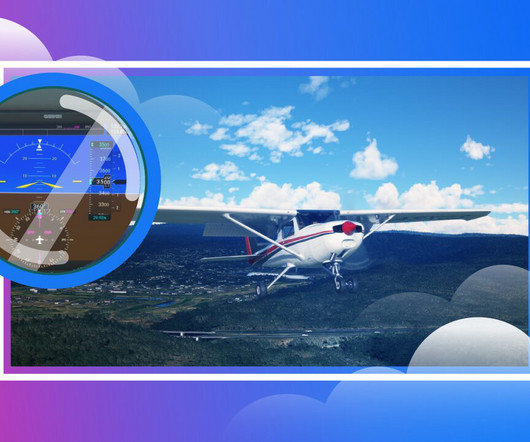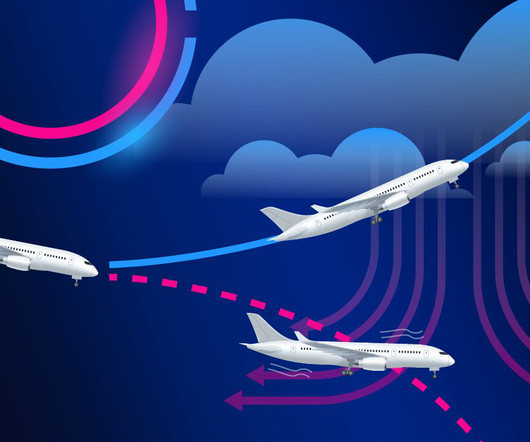How to Master Slow Flight (Step-By-Step)
Pilot Institute
MARCH 29, 2024
Additionally, both private and commercial pilot checkrides require the demonstration of slow flight. Drag : The aerodynamic force opposing the aircraft’s forward motion. This increases lift but comes at the cost of increased induced drag. Pilots must counteract the additional drag with more thrust to maintain altitude.











Let's personalize your content